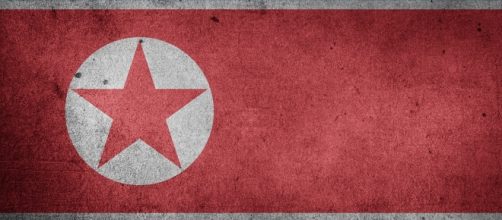North Korea’s recent and alleged nuclear test sent a minor global earthquake, called seismic shock waves, that were detected worldwide. Although it is difficult to tell whether a Nuclear Weapon was fired, experts now turn to Forensic Seismology readings to monitor Kim Jong-un's missiles tests.
Due to confirmed weapons tests, international organizations are now monitoring every movement of the North Korean military. Experts say that North Korea might have fired a “hydrogen bomb” during its most recent testing. Minor earthquakes were felt in China.
The test was so big that neighboring countries such as South Korea and Japan immediately confirmed the activity within just a few hours.
How seismic science or forensic seismology can help detect test
According to ABC, the use of seismic shockwaves in identifying nuclear weapons had been used since the invention of nuclear weapons. A good example was the nuclear test conducted in the Pacific Ocean in 1946 where shock waves registered in seismic activity instruments all over the globe. This was when experts found out that seismic shockwaves can be used to detect weapons test.
To make the system more accurate, experts developed a more sensitive range of seismometer instruments. Seismic arrays were deployed a few kilometers apart in many different stations around the world.
These instruments are capable of detecting even the smallest vibrations and can potentially pinpoint its origin as well.
And then there’s the birth of the Comprehensive Test Ban Treaty (CTBT) in 1996, in which the sole purpose is to stop all nuclear activities in the world. The treaty demanded the installation of International Monitoring System with 50 stations all over the world. It had drastically improved the detecting system with the use infrasound instruments that can read very low-frequency sound waves even humans cannot hear. Hydroacoustic instruments and radionuclide detectors were also added to filter out sound waves from long distance explosions and radioactive gasses from nuclear tests.
North Korea's nuclear tests
The same technology was used to identify the recent test conducted by North Korea. However, this system still cannot fully confirm if the recent blast originated from a nuclear weapon. Seismological data can confirm an explosion and its origin but the final conclusion should come from a “radionuclide monitoring” system at the test site to confirm if the weapon fired is nuclear.
With that said, experts still cannot say if the latest weapon fired by Kim Jong-un is indeed a thermonuclear hydrogen bomb or a nuclear fission bomb. One thing is for sure though, the country continues to be aggressive in testing their missile depository and the rest of the world is not happy with it.


